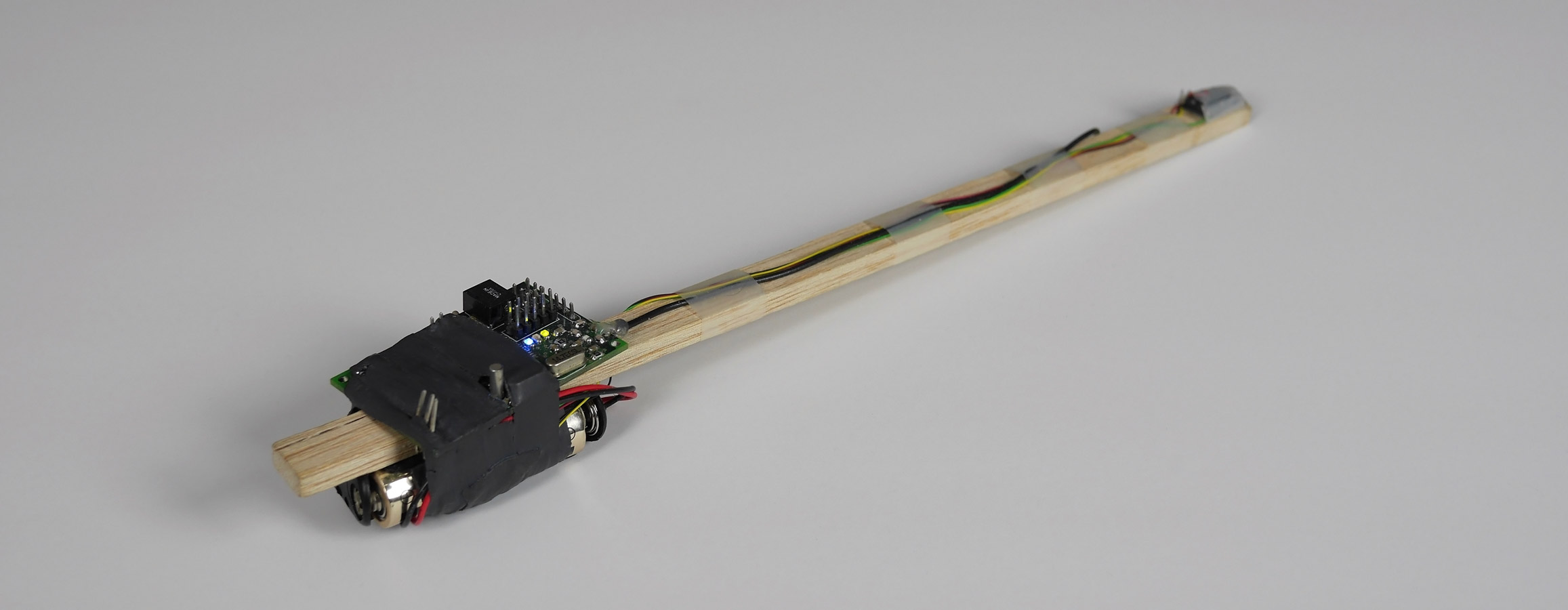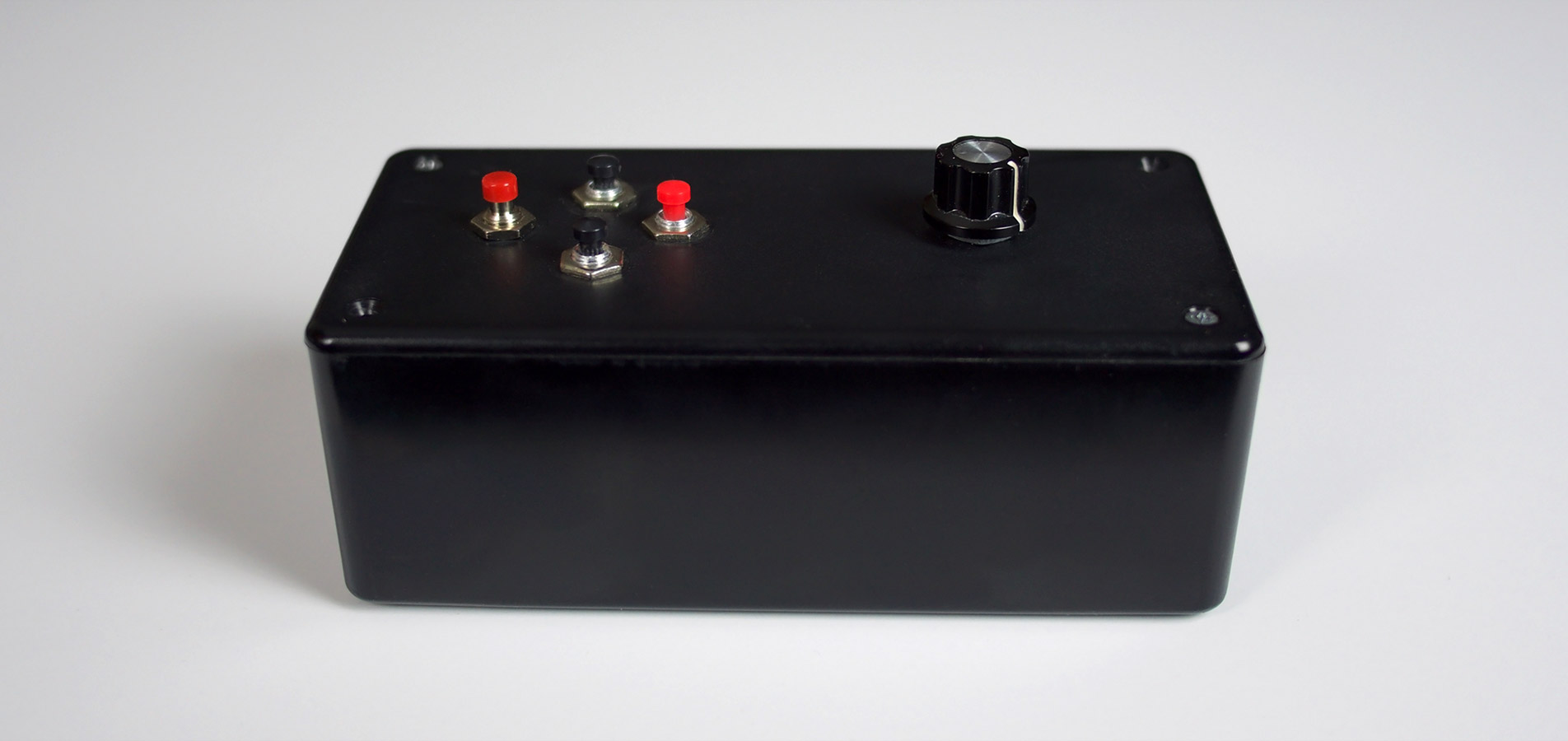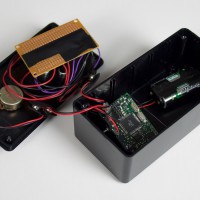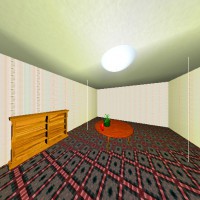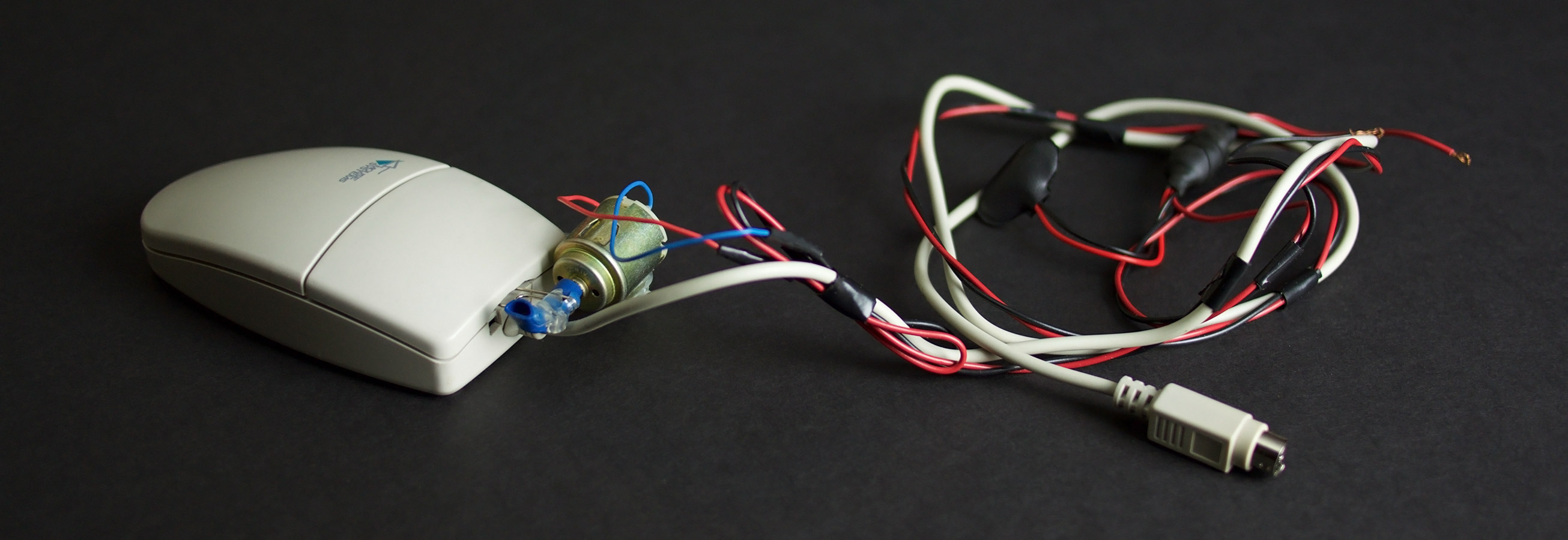As great as it is to have touchscreen devices that can be reprogrammed to display any kind of 2D interface, sometimes nothing beats a real-world button. Specialty input devices can be extremely beneficial in certain domains, and I believe it is easier to envision better physical interfaces when one isn't constrained by the assumption that it will be prohibitively difficult or expensive to create a working prototype.
Recent developments in low-cost computing hardware have made this much more practical than it used to be, but in the early 2000s, there were fewer options. From 2002 through 2008, I worked with
Dr. Richard Han's research group to help develop the
MANTIS wireless sensor network platform, where my focus was largely on exploring the ways in which that technology could facilitate better user interaction with computers. My doctoral research ended up taking a
very different direction, so most of these ideas were never fully realized, but I did build a few proof-of-concept devices along the way.
Motion-sensing wand
A hand-held wand that responds to motion control seems like an obvious idea now, but this was three years before the Nintendo Wii popularized the idea. This device had a three-axis accelerometer in the tip, and I integrated it with a small Java app that would determine the rhythm of your motion, then speed up or slow down the playback of a MIDI tune accordingly. In other words, this was an electronic conductor's baton for computer music.
Haptic mouse
A simple prototype of a mouse that provides haptic feedback, similar to Apple's "Taptic Engine" in their recent MacBook trackpads. My approach was rather less sophisticated, as you can see. The motor was driven by an
ADB I/O device that connected to a Mac, and I performed a series of tests using a HyperCard stack that caused the mouse button to nudge the user's fingers when the cursor was over a button or other control. The hope was that haptic feedback could make it easier for the user to hit on-screen targets by providing an additional cue beyond the computer's display. Results were inconclusive.
This was my
Div III project from college (Hampshire's equivalent to a senior thesis, but more intensive), several years before I joined Dr. Han's MANTIS group.
